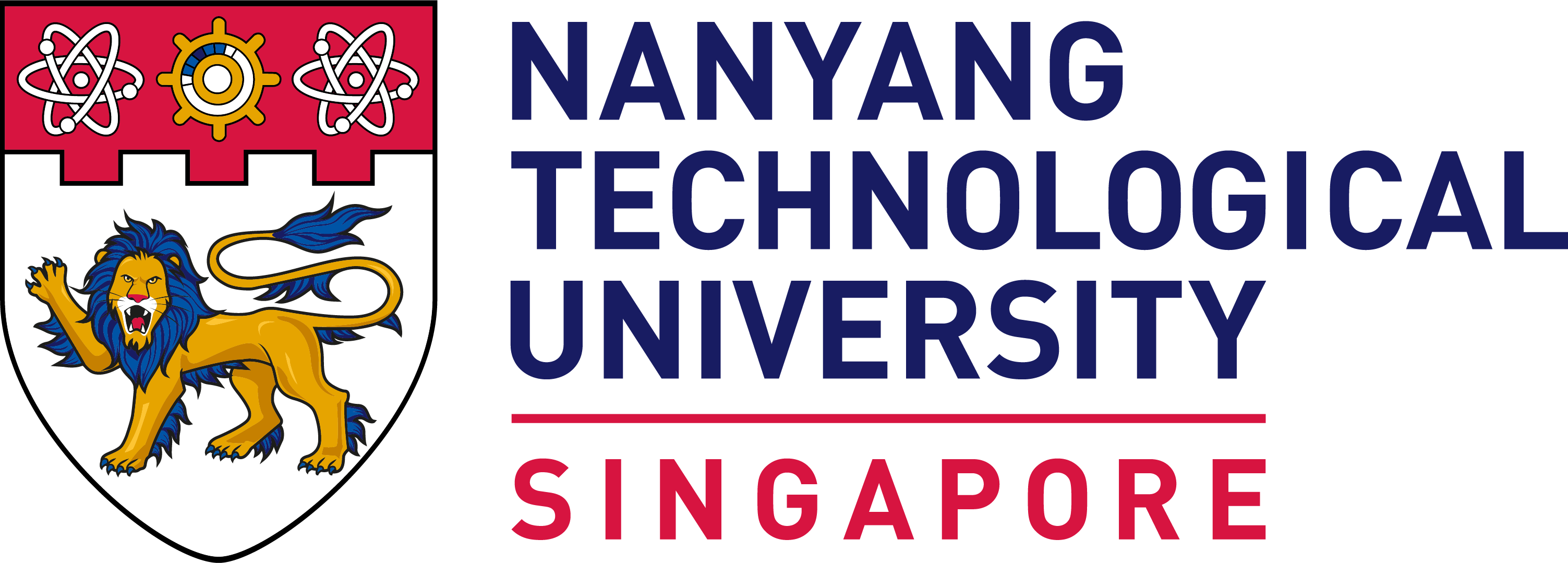Exempt Category 4
Exempt Category 4 - Secondary research on existing (or public) datasets or biological materials
If you are conducting Secondary Research, please first refer to our guide here.
This category is for PIs conducting secondary research on (1) on publicly-available identifiable datasets (e.g social media platforms); or (2) existing or previously-collected identifiable datasets, or existing identifiable repositories (including identifiable bio-specimens), but with identifiers and linkages irreversibly removed for the secondary research.
Consent from human subjects will not be required due to the exemption criteria below.
Note:
Secondary research should NOT be conducted without first obtaining Exempt approval from IRB.
Exempt 4 Criteria:
- Secondary research on datasets and biological repositories (containing individually-identifiable data or human biological materials) that are publicly-available (e.g. social media) or already existing.
- If the identifiable data or HBM are publicly-available (e.g. social media) and not behind a "paywall", then the data or HBM can continue to be used in an individually-identifiable format.
- If the identifiable data or HBM are not publicly-available or behind a "paywall" (e.g. student records, donor records, tissue repositories, previous research projects, private Facebook groups, etc.), then the identifiable data must be irreversibly anonymised or de-identified in a manner that does not allow for re-identification.
Note: The study team must NOT attempt to re-identify the data or HBM (from the original source) once it has been anonymised or de-identified.
- If the identifiable data or HBM are publicly-available (e.g. social media) and not behind a "paywall", then the data or HBM can continue to be used in an individually-identifiable format.
- As part of the secondary research, the study team will NOT attempt to contact any of the original human subjects for follow-up questions, or to collect additional data from the original human subjects, or to return individual research results to the original human subjects (unless required by law).
Note: Any collection of additional data through contact with the subjects (or by any other means) is NOT considered secondary research, but should instead be part of a “primary” research activity.
Exclusions:
NO prospective collection of additional data through contact with the subject or by any other means.
Secondary research utilizing multiple datasets, where there is a high likelihood of obtaining information beyond what was originally consented by the human subjects, and a higher chance of re-identification of subjects after having been anonymised, is not eligible under Exempt Cat. 4.
Examples:
| Use of primary data in an anonymised manner | Use of primary data in an identifiable manner |
PI had previously collected data from a cohort of students for Project A on their learning habits and preferences. The PI now wants to re-use the previously collected data for Project B to study the link between learning and exam outcomes. This will be allowed under Exempt Cat. 4 if the PI irreversibly anonymise the original dataset for use in Project B. There will also not be any follow-up or re-contacting of the participants for the purposes of Project B. Consent from participants for Project B is not required if the data is fully de-linked from Project A and there is no chance of re-identification. Exclusion: | PI crawls through the internet for social media postings to collect data on people's behaviour and opinion regarding the latest fad. The data will be recorded in an individually-identifiable format. As the data is publicly available on the internet, consent is not required for this study and qualifies for Exempt Cat. 4. If the PI then decides to contact the individual for follow-up questions, this will NOT qualify for Exempt Cat. 4 as interactions and interventions with human subjects are NOT ALLOWED. |
For further guidance on which category to apply for, please refer to our Decision Tree.
FAQ:
A. No, as Exempt Cat. 4 is for re-analysing de-identified data from existing datasets containing identifiers. This scenario will come under the Review Not Required (RNR) category.
Q2. If I am receiving de-identified dataset from my collaborator outside of NTU for statistical analyses, and I have no access to the original identifiable dataset (hence no chance of re-identification), do I need to obtain approval under Exempt Cat. 4?
A. No, as the use of data without identifiers does not come under the scope of human subjects research. This scenario will come under the Review Not Required (RNR) category.

